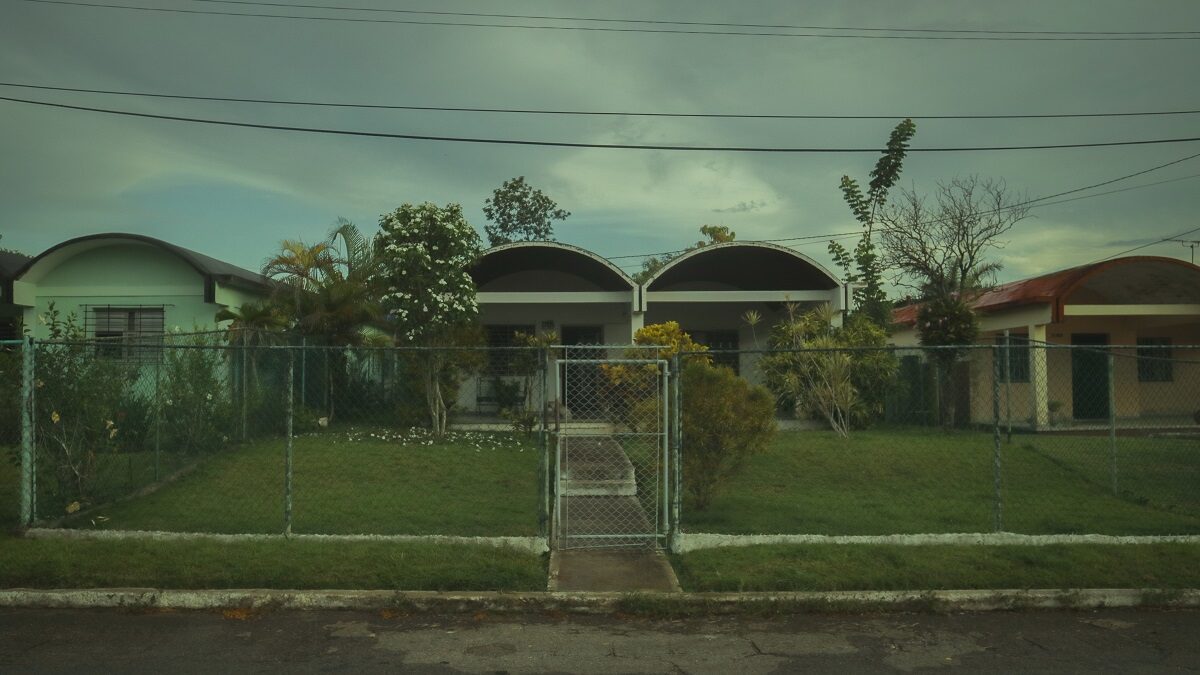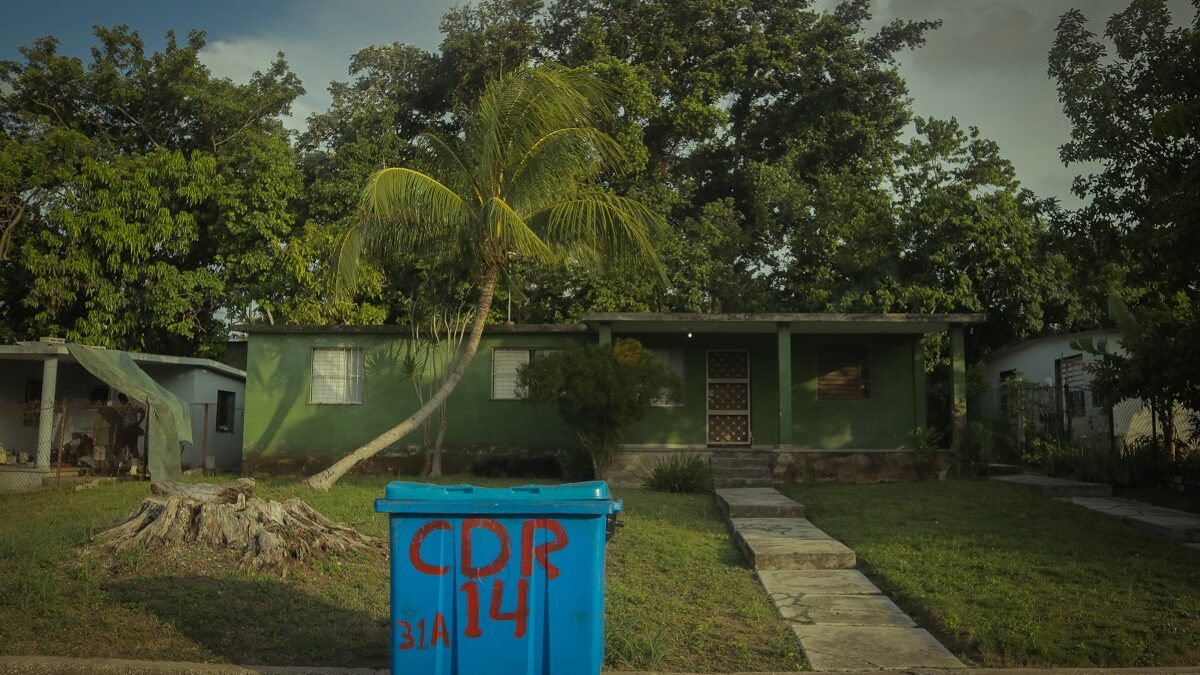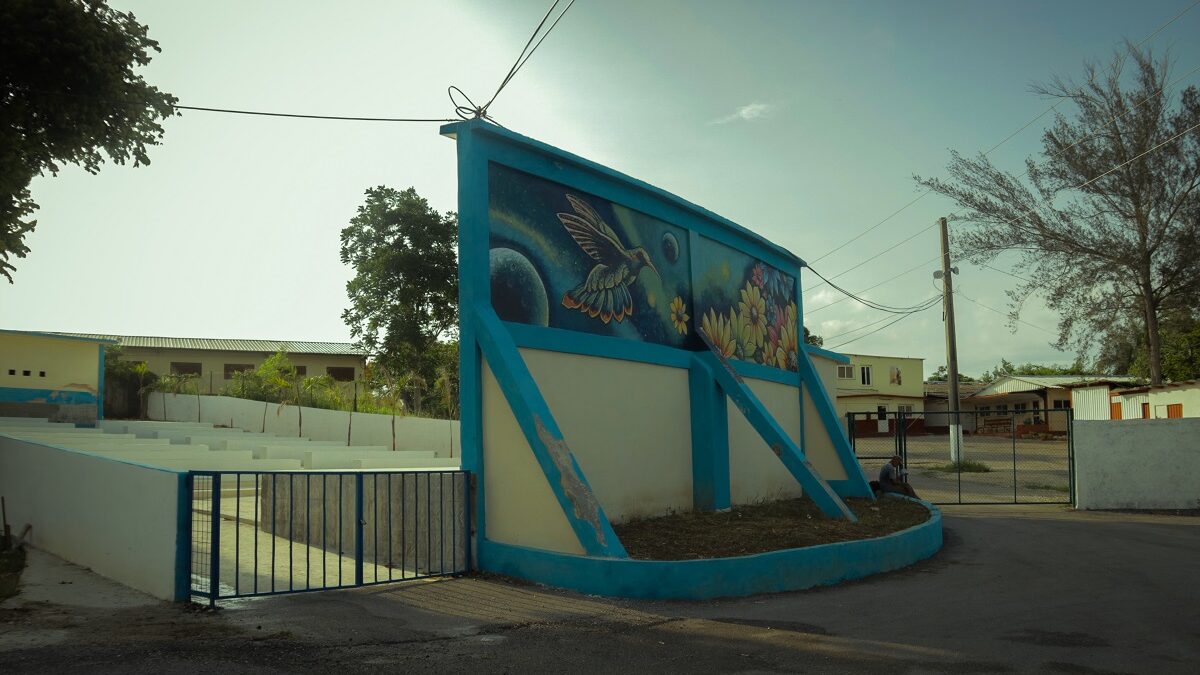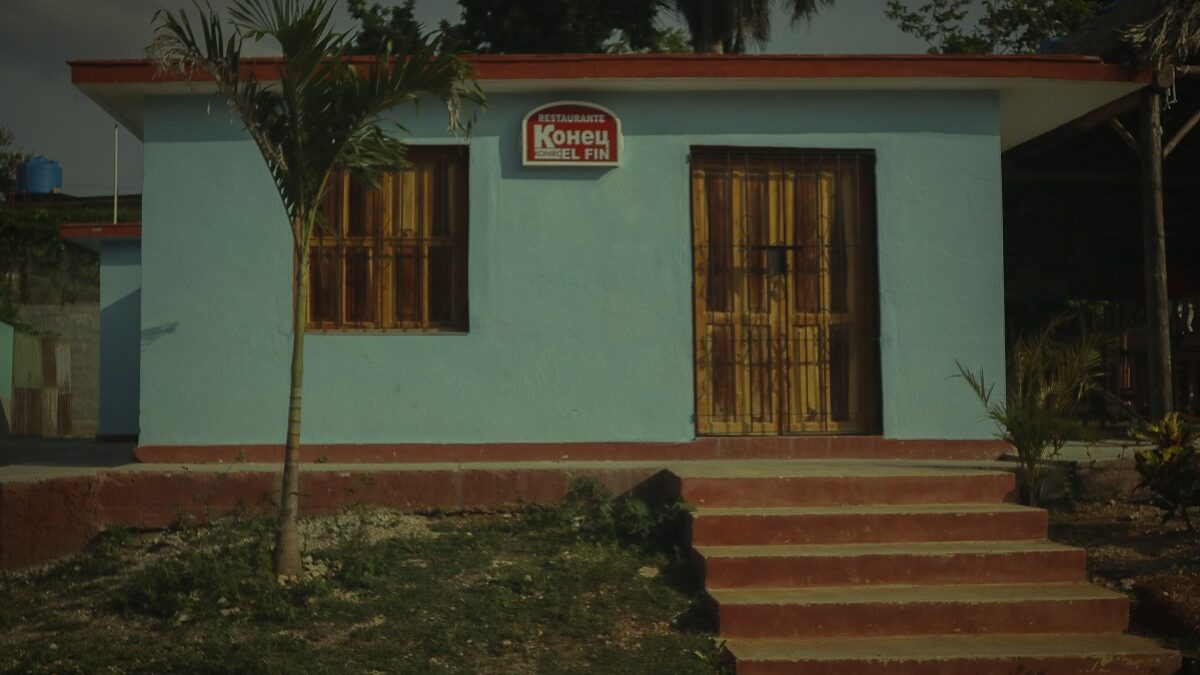This neighborhood preserved the architecture of its past
Originally published on Global Voices

The commonly called “casitas rusas” (little Russian houses), the only ones with this structure in Juan de Dios Fraga (Photo: Lucy Gmorell).
This article was created by Cuban photographer Lucy Gmorell in Periodismo de Barrio. It was republished in Global Voices under a media agreement.
In the outskirts of La Lisa, a municipality of Havana, there is a neighborhood that everyone calls Los Rusos (The Russians), although its real name is Juan de Dios Fraga. This dual name has its own history. In 1964, two years after the diplomatic conflict between Cuba, the United States and the Soviet Union known in Cuba as the October Crisis and the Cuban Missile Crisis elsewhere, the Center of Exploration and Radioelectronic Listening known as Lourdes Base was established in the building of the current University of Informatic Sciences (UCI), following a request from the highest leadership of the USSR.
Thus, a special district was also created for the relatives of the Soviet officers on mission in Cuba: the Russian neighborhood. The houses were all similar: chalets with gardens and patios, according to the construction patterns of the National Institute of Savings and Housing presided over by Pastorita Núñez; with the exception of three sets of small houses with semicircular roofs.
In the 70s and 80s the district was relatively safe and the families of the Russian soldiers dedicated themselves to selling a variety of products. Even today, there is a distant memory of the phrase “I'm going to buy from the Russians” (voy a comprar a los rusos), a dusty memory of the period in which they lived in this area.
In the 1990s, after the fall of the socialist camp, the Russians returned to their country, and the neighborhood was deserted. In 1993, these houses were handed over to the workers of the Center for Molecular Immunology (CIM) and the Finlay Vaccine Institute (IFV), even though the houses were surrounded by invasive weeds and their interiors were ransacked, as residents of nearby neighborhoods stole everything the Soviets left behind, even the floor tiles.
In 2022, after the passage of Hurricane Ian, Juan de Dios Fraga hosted a presidential visit. From then on, the streets were asphalted and the local amphitheater, which had been in disuse for about 20 years, was rebuilt.
Today, mostly CIM and IFV workers live there, but they are not the entire population. Only the longest-serving scientific workers (with 15 years of residence) had the right to buy the property from the state.

Wooden house and newly paved road (Photo: Lucy Gmorell).

Cottage that preserves its original structure (Photo: Lucy Gmorell).

Los Muñoz Farm, built on a vacant lot (Photo: Lucy Gmorell).

On the left, a new parking lot; on the right, a structure that combines housing with a pharmacy, butcher shop and bodega, all built after the presidential visit (Photo: Lucy Gmorell).

The sewers and drains of the homes flow into the river on the right, which is sometimes where children and young people go play (Photo: Lucy Gmorell).

Original structure of a villa built in the late 1960s (Photo: Lucy Gmorell).

Stranded Ford truck for sale in front of a house on the main street (Photo: Lucy Gmorell).

The neighborhood amphitheater rebuilt last year (Photo: Lucy Gmorell).

Community pharmacy within the complex of rehabilitated buildings (Photo: Lucy Gmorell).

The unique and undersupplied конец (The End) restaurant marks the limits of the neighborhood (Photo: Lucy Gmorell).
Post a Comment